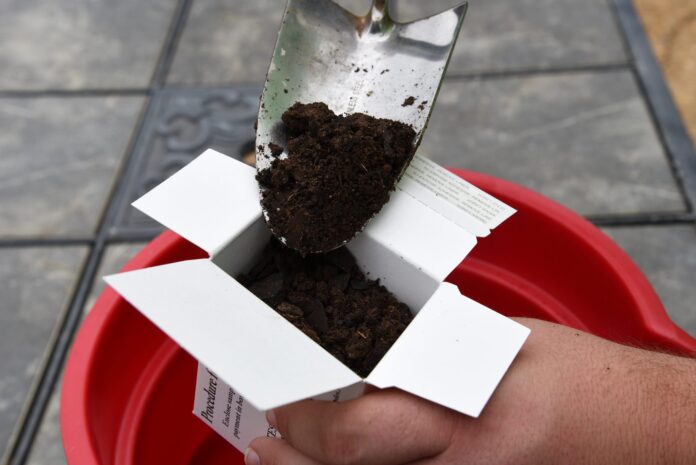AUBURN UNIVERSITY, Ala. – With spring creeping in, home gardeners are preparing to plant some of their favorite things. Soil sampling is a quick and easy way to ensure plants are getting the nutrients they need.
“Different plants have different fertilizer requirements,” said Audrey Gamble, an Alabama Cooperative Extension System specialist and assistant professor. “Soil testing ensures that plants receive enough nutrients to optimize growth.”
For plants to thrive, they need the correct amounts of phosphorus, potassium, nitrogen and lime. Soil samples are a great way to know exactly what nutrients are getting to your plants as well as what they are not getting.
Let It Grow
Sometimes the soil is stripped of these elements, and fertilizer is used as correction.
“Having the wrong soil pH or nutrient content can severely reduce plant growth,” Gamble said.
It is necessary for home gardeners to check their soil quality to ensure they can grow the best vegetables. This is extremely important in determining how the plants will grow. Good soil quality also allows for water to be stored and processed. This will not only help the plants to grow, but regulate soil temperatures affecting seed germination and flowering.
How To Take a Soil Sample
Soil acidity and nutrient content can vary widely throughout a lawn or garden, so make sure to get samples from different areas to create a uniform soil sample.
“The only tools needed for soil sampling are a bucket and a soil probe,” Gamble said. “While many county Extension offices have soil probes that can be borrowed, a garden spade will also do the trick.”
Using a soil probe or garden spade, take 15 – 20 cores or slices of soil from 3- – 4-inches deep for lawns and 6- – 8-inches deep for gardens. Make sure to get approximately one pint of soil for a good sample. Then mix the sample in a bucket before adding to the collection box retrieved from a local Extension office or garden center. Fill out all of the information on the box and mail it to the soil, forage and water testing laboratory (https://aaes.auburn.edu/soil-forage-water-testing-lab/),
The results of the soil sample will determine if lime is required as well as what type of fertilizer will work best for the particular soil, allowing plants to grow to their potential.
“Once you receive your soil sample results, apply fertilizer and lime according to soil test recommendations,” Gamble said.
More Information
To learn more about soil testing, there are many available soil testing resources, as well as a portion of the Extension website called Healthy Soils (https://www.aces.edu/blog/category/farming/healthy-soils/). If you have questions about the report, contact your local Extension office.























